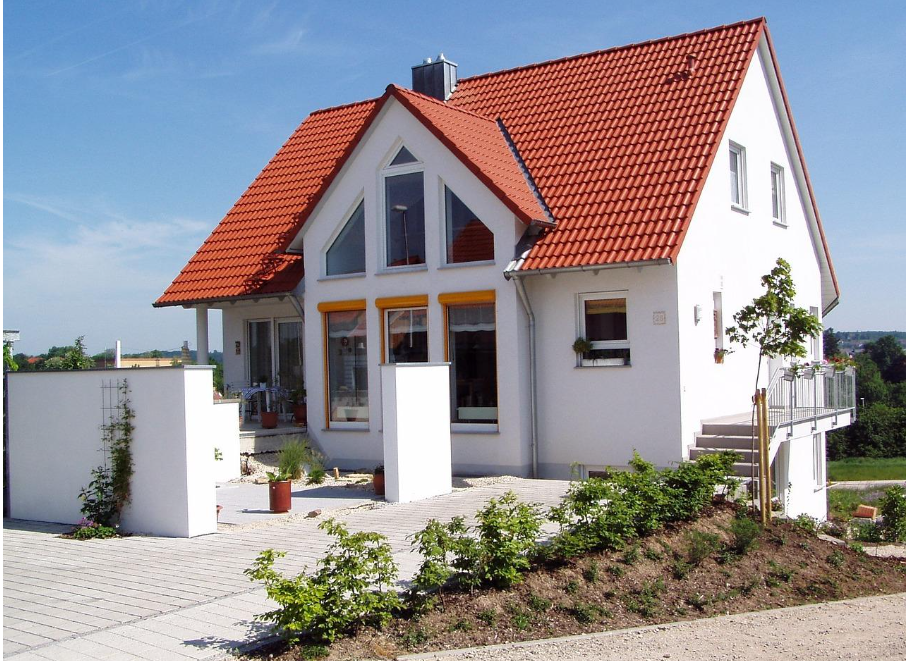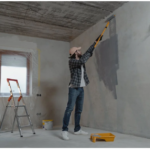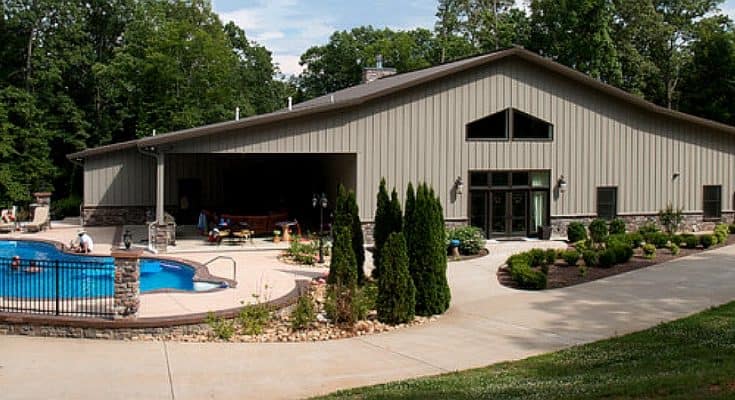The roof is one of the most critical components of a home, providing protection against the elements and maintaining the structural integrity of the building. However, roofs deteriorate over time due to various factors, such as weather exposure, age, and lack of proper maintenance. Recognizing the signs indicating the need for a roof replacement is essential to prevent further damage to your home and ensure its safety and longevity. This comprehensive article will explore the top reasons for roof replacement. From age-related wear and tear to severe storm damage and underlying structural issues, we will discuss the warning signs and factors that warrant the installation of a new roof. By understanding these reasons, homeowners can make informed decisions and take timely action to maintain the integrity of their homes.
Table of Contents
1. Age of the Roof
Determining when to replace your roof hinges primarily depends on the age of the roofing system. Typically, traditional asphalt shingles provide 20 to 25 years of use, but other materials vary in lifespan. As your roof approaches or exceeds its expected lifespan, it becomes more susceptible to various issues, such as leaks, missing shingles, and deteriorated functionality. If your roof is nearing its recommended lifespan, it is advisable to consider a replacement, even if no obvious signs of damage are present.
All you have to do is search online with the keyword roof replacement company near me and choose a service that best fits your requirements and circumstances. These professionals are experienced and trained in ensuring safety and efficiency during the moving process. We recommend Resnick Roofing & Contracting as a reliable and cost-effective roof replacement company. They understand the importance of a safe and reliable roof, offering quality solutions and exceptional customer service.
2. Water Leakage and Interior Damage
Water leakage is a clear indicator that your roof needs attention. Signs of water damage inside your home, such as stains on ceilings or walls, peeling paint, or sagging drywall, suggest a compromised roof. These issues may be caused by damaged or deteriorated roof materials, inadequate flashing around chimneys and vents, or clogged gutters and downspouts that allow water to seep into your home. If left unaddressed, water infiltration can lead to more severe problems, including mold growth, rotting wood, and structural damage.
3. Missing or Damaged Shingles
Inspect your roof regularly for missing, cracked, or curling shingles. Shingles protect your roof from water penetration and other weather-related damage. When shingles become damaged or dislodged, the underlying roof structure becomes vulnerable to leaks and further deterioration. High winds, hailstorms, and extreme temperature fluctuations can cause shingle damage. If you notice any missing or damaged shingles, it may be a sign that your roof requires replacement.
4. Storm Damage
Severe storms, such as hurricanes, tornadoes, or heavy hailstorms, can wreak havoc on roofs. The impact of flying debris, strong winds, and large hailstones can cause extensive damage, including punctured shingles, cracked tiles, and compromised roof structures. After a major storm event, thoroughly inspecting your roof to identify any signs of damage is crucial. Promptly addressing storm damage through roof replacement will prevent further problems and ensure your home remains protected.
5. Widespread Roof Wear and Tear
General wear and tear over time can significantly impact the performance and lifespan of your roof. Signs of widespread wear and tear include cracked or blistered shingles, granule loss, and general deterioration of the roofing materials. These issues may result from prolonged exposure to UV rays, harsh weather conditions, or poor installation. If the wear and tear are extensive and affect a large portion of your roof, replacing it is often the most cost-effective solution to ensure the continued protection of your home.
6. Energy Efficiency and Cost Savings
An outdated or inefficient roof can generate higher energy bills. Insufficient insulation, poor ventilation, or aged roofing materials can lead to heat loss during winter or excessive heat gain in summer. By investing in a new roof with energy-efficient features, such as improved insulation and reflective coatings, homeowners can reduce energy consumption and save money in the long run. Additionally, some governments and energy companies offer incentives or rebates for installing energy-efficient roofs, further enhancing the cost-effectiveness of roof replacement.
7. Increasing Property Value and Curb Appeal
A new roof can significantly enhance your home’s overall aesthetics and curb appeal. If you plan to sell your property, a well-maintained and visually appealing roof will make a positive impression on potential buyers. Furthermore, a new roof installation increases the value of your property, as it provides buyers with peace of mind knowing they won’t have to invest in a new roof themselves shortly after purchase.
8. Roof Deck Damage
The roof deck, the layer of material that provides the foundation for your roofing materials, can sustain damage over time. Factors such as moisture intrusion, rotting, or pest infestation can compromise the structural integrity of the roof deck. Signs of roof deck damage may include sagging or uneven areas, a spongy feel when walking on the roof, or visible signs of decay. If the roof deck is severely damaged, it may be necessary to replace the entire roof to ensure a stable and secure structure.
9. Roofing Material Incompatibility or Obsolescence
Certain roofing materials become outdated or are no longer recommended due to advancements in technology or changes in building codes. If your current roof is made of materials that are no longer widely used or are incompatible with modern roofing practices, it may be advisable to consider a roof replacement. Installing a roof with up-to-date materials that meet industry standards will improve performance, durability, and longevity.
10. Insurance and Warranty Considerations
In some cases, insurance coverage or warranty considerations may prompt the need for a roof replacement. For example, if your roof sustains severe storm damage covered by your insurance policy, replacing the entire roof may be more cost-effective than repairing the damaged areas. Additionally, if your current roof is still under warranty but experiencing significant issues, replacing it may allow you to take advantage of a new warranty and avoid future expenses associated with ongoing repairs.
Conclusion
Recognizing the signs indicating the need for roof replacement is crucial for your home’s safety, longevity, and value. Various factors should be considered when deciding on a roof replacement, from water leakage to missing shingles, storm damage, widespread wear and tear, energy efficiency, and curb appeal. Regular inspections, prompt repairs, and routine maintenance can extend the lifespan of your roof. However, if you notice any of the warning signs discussed in this article, it is essential to consult with roofing professionals to assess the condition of your roof and determine the best course of action. By proactively addressing roof replacement needs, homeowners can protect the integrity of their homes and avoid more costly issues in the future.











